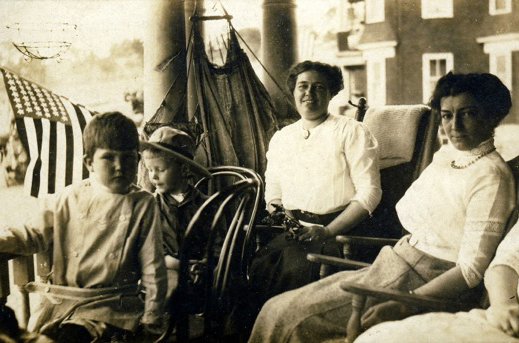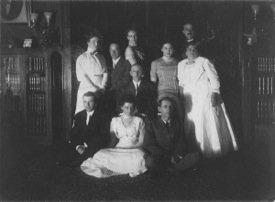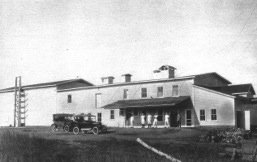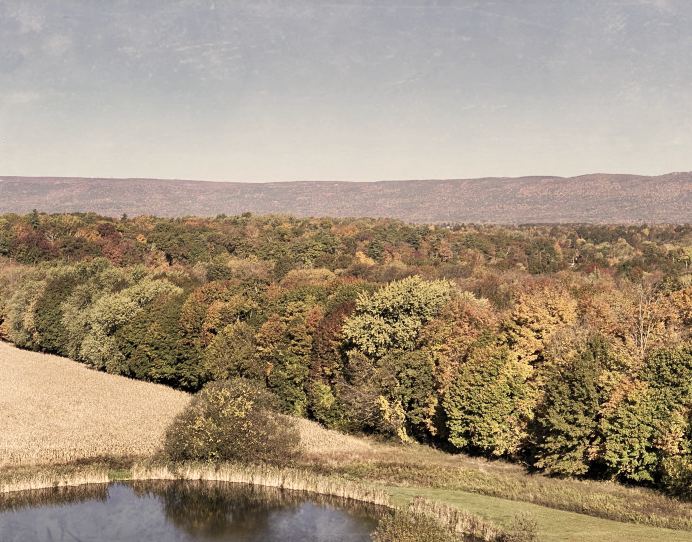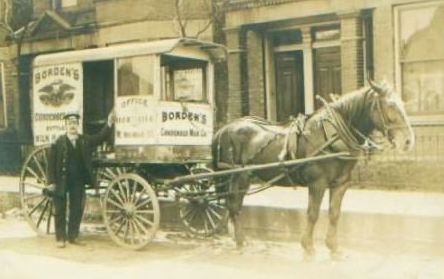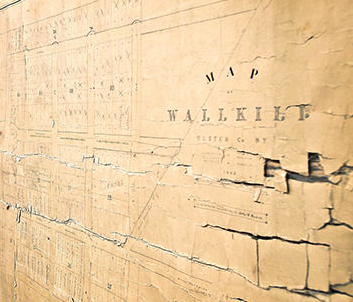
250 Years in the Making
A Place of Respite and Delight since 1750
Before European settlement, this area was populated by the Munsee branch of the Lenape people.
In the late 1600s, local tribes began to sell their ancestral lands to the Dutch and English colonists.
In 1750, Benjamin Hasbrouck purchased 636 acres of property and built the Stone House in 1771. The Hasbroucks were Huguenots that were originally forced to flee France due to religious persecution, and held a strong presence in the area. The property was passed on to Cornelius Hasbrouck and then to other members of the family until about 100 acres were sold to John P. Andrews in 1865.
In 1874, John G. Borden had just become president of America’s most pioneering milk company when he set out to find a site for his utopia.
In 1881, Borden, who also was the benefactor and founder of the hamlet of Wallkill, purchased the Stone House and the surrounding property from Andrews and established the Borden Farm, where he wanted to create a “model community”. By 1890, he owned thousands of acres and named his property in Wallkill “Home Farm.” Borden considered it the most beautiful place in the world.
The Bordens’ open-door attitude was part of their ethos. The family designed an emblem for letterhead and bank checks from the Borden Home Farm. The design included a Latin phrase, “Ostento non Ostendo,” which means “I show, not boast.” This phrase demonstrates a sense of modesty and welcomeness to the outside world.
John G. Borden died in October 1891. His wife, Ellen, managed the Home Farm until 1904, when his youngest daughter, Marion, took over and invested even more in the farm,
its workers and the community. She began building the current mansion in 1900, and moved into it in 1906. Marion also became the president of the Borden Dairy Company and was probably one of the few female CEOs in the United States during an era when women could not even vote. Marion also invested in its social institutions and technology. Marion brought electricity to the area, gave land for schools and camps, and donated money and books from the Borden farm to the hamlet’s library. After Marion’s death in 1930, the property was bequeathed to the Free Masons, who did not have an interest in maintaining the property.
Since 1979, the property has been owned and restored by the School of Practical Philosophy, which uses the property for educational retreats.
